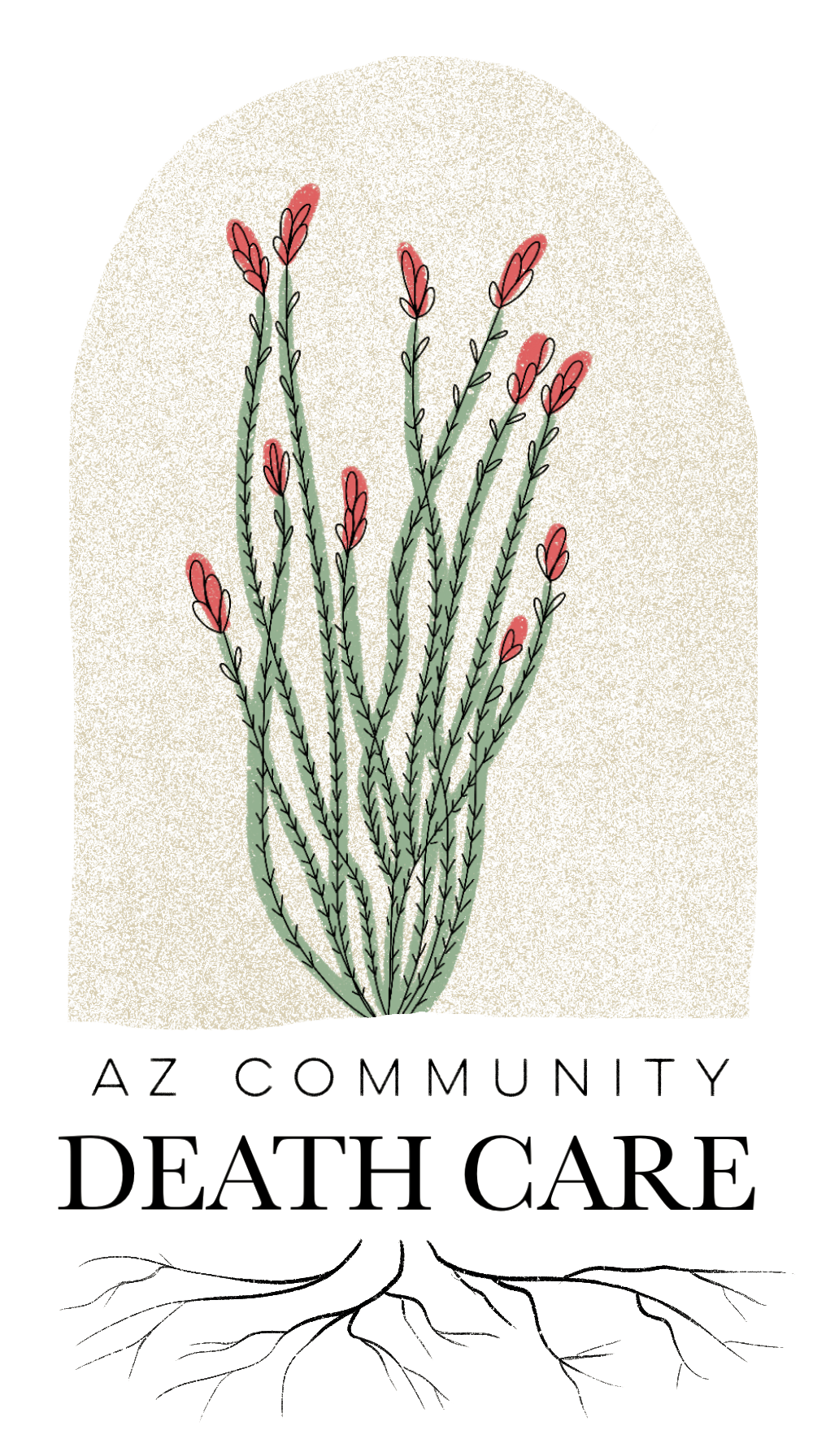Body Care
How to Care for the Body
Care of the body engages our hearts, minds, bodies and spirits in a compassionate fashion and usually helps to facilitate healthy grief processes. There is no right or wrong way. The purpose of preparing the body is to prevent any sights and odors that the family/community might wish to avoid during the vigil, and as a symbolic gesture of loving, hands-on care that is usually the last physical contact the family has with the deceased.
The idea of providing body care may be uncomfortable for many people. Because we have become so culturally alienated from caring for our dead, this is understandable. Those who do elect to participate in body care often see their fears disappear. Rather than the mysterious and technically challenging undertaking it is made out to be, body care, like many aspects of home-based post-death care, is a simple, practical task that might be compared to caring for an infant or bed bound patient.
Eyes
If the eyes remain open after death and you wish that they be closed, gently bring lids down over eyes and place small bags of rice or sand (or other substance that can provide a little weight) over the eyes and keep in place until lids remain closed. This usually takes a couple hours.
Mouth
If the mouth is open and you wish it to be closed, use a necktie or long thin piece of non- slippery material (an ace bandage works well), bring it under the jaw and tie a knot on top of the head. A second person is necessary in order for the mouth to stay closed while the knot is being tied. Keep in place until mouth remains closed without a tie. The time varies on this, though it usually takes 1-2 hours. In some cases, it may be impossible to completely close the mouth in this way.
Rigor mortis
Also knows as, stiffening of the joints and muscles, generally sets in within the first few hours, so having the body bathed and dressed soon after death is recommended. However, if rigor mortis has already set in by time bathing occurs (or if the body, prior to death was already stiff), all of the above is possible but may be slightly more challenging. In this situation, an option for dressing the deceased (if regular dressing proves to be too difficult) is to cut the garment(s) up the back and tuck the sides under the body. Sometimes massaging joints will help loosen them enough to make dressing easier.

